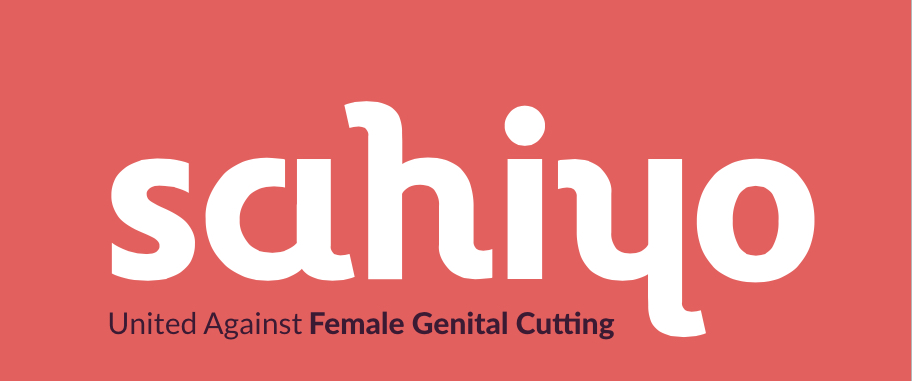The new World Health Organisation guidelines released at the Women Deliver conference, 2016, in Copenhagen is a huge win for Female Genital Mutilation/Cutting activists worldwide. Sahiyo is cheering on too!
The guidelines, while defining the practice of various types of FGC, has finally put Asia and Middle East on the map of areas affected along with Africa. As the guidelines state:
‘International migration has now made the practice, prevalent in 30 countries in Africa and in a few countries in Asia and the Middle East, a global health issue.’
Stressing on the need for health care, the guidelines aim to empower health workers acknowledging the crucial role they play, while also acknowledging the gap between health workers’ training and the knowledge of how to tackle the health complications of FGC.
As the report states, “Access to the right information and good training can help prevent new cases and ensure that the millions of women who have undergone FGM get the help they need.”
Another great aspect touched upon by the guidelines is so called “medicalization” of the practice of FGC – parents asking medical doctors to perform genital cutting because they think it will be less harmful. This is a phenomenon that we, at Sahiyo, have often observed among those who seek to justify Khatna. Several Bohras, particularly in urban spaces, now approach gynaecologists or other doctors within the community to have their daughters cut, and as the WHO guidelines point out, getting healthcare workers to stop participating in this practice is a big challenge.
The guidelines have highlighted the need for evidence-based practice and creation of protocols and manuals including ‘what to do when faced with requests from parents or family members to perform FGM on girls’.
Some of the focus areas in the report include:
- Mental health including cognitive behavioral therapy and psychological support to treat depression and anxiety disorders
- Female sexual health covering sexual counselling to prevent or treat female sexual dysfunction
- Information and education for all women and girls who have undergone female genital mutilation, and health education and information on de-infibulation, where appropriate, for both health-care providers and for women and girls
In conclusion, this is a great set of guidelines incorporating Asia and Middle East and incisively addressing pseudo-scientific practices that often come in the way of dealing with problems that may arise from FGC. It is also significant that the guidelines make a specific mention on the effect of FGC on mental health, since that is a ground much need to be covered by FGC activists and counselors, and is particularly relevant in the context of khatna as practiced by the Bohras.
Read the full WHO report here.

